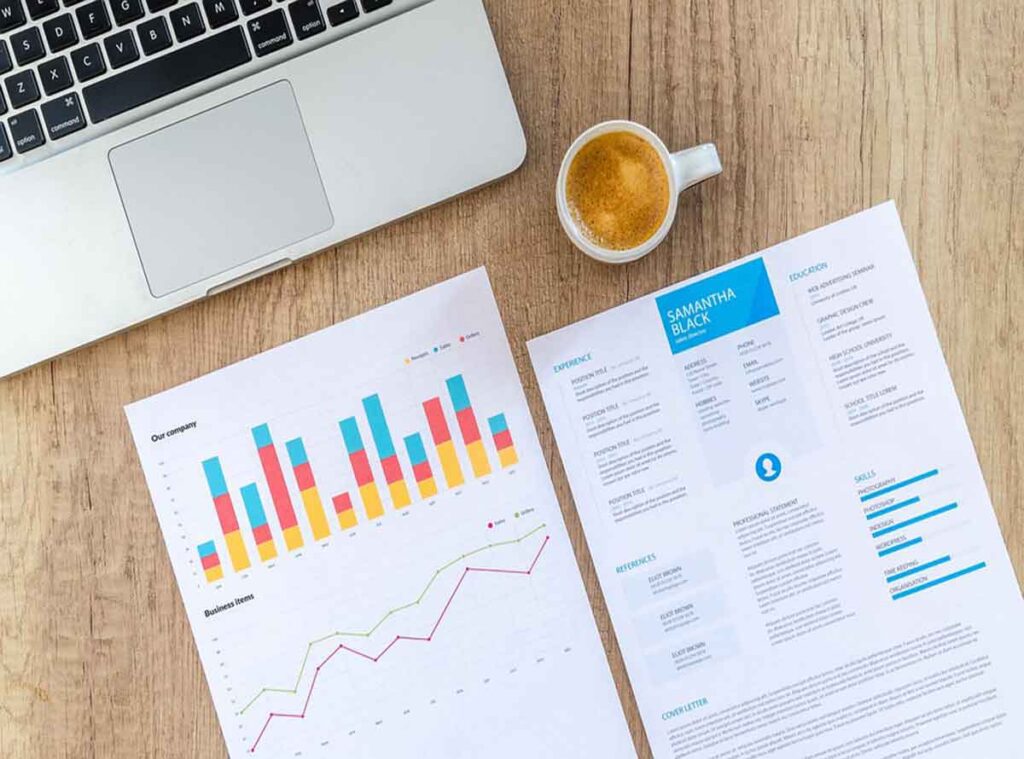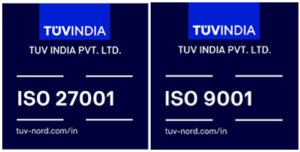Organizations big or small need data and can benefit from analyzing their business data to help them make informed decisions so as to drive their growth and profitability. In spite of available business intelligence & data visualization solutions majority of small and medium size organizations or SMEs are often hesitant to use business intelligence (BI) solutions due to the fear of cost escalations and having assumptions that BI solutions are too cumbersome or too advanced to be cost-effective for a business of their size.
However, with the evolution of new technologies, powerful BI software has become more available, accessible, and affordable especially for small and medium-sized enterprises (SMEs). More self-service tools are being designed for SMEs so that they can reap many of the crucial benefits that big businesses or corporate gets from their BI systems.
Data Visualization as a part of Business Intelligence is playing a larger and larger role in communication methods by delivering essential insights and actionable metrics. With engaged and intuitive visual metaphors the tasks of accessing the dry results of data analytics become more efficient and more enjoyable. Visualization tools let the owners of small and medium-sized enterprises and its stakeholders grasp the results of complex calculations, recognized patterns, in identifying trends and in understanding the key factors that would otherwise take a longer time to process.
Businesses previously used traditional analytical platforms with new all in one data visualization software solutions that are capable of pulling data from multiple sources both from internal and external sources. Small and medium sized enterprises are dabbling in the exploratory stage with most SMEs are now viewing big data more as a strategic initiative in central IT function.
The relevance of Data Visualization Tools for SMEs – Overview
Data Visualization tools in the form of visual representations such as charts, graphs, maps, infographics and even virtual reality and augmented reality (VR & AR) presentations offer stimulating and engaging channels and communication for SMEs. In general perception, decision makers in SMEs spend a lot of time in looking at the dashboard with a fragmented view of their business and its surroundings such as markets they operate in, the economies they belong to and the demographics they are targeting at. By establishing a data friendly architecture and fostering data oriented mindset, SMEs stand a better chance of reaching higher data visualization when compared to larger organizations or corporate with a great deal of technological baggage.
SMEs can benefit from embracing the interactive data visualization tools as a process of gaining knowledge and insights from data and its visual interfaces. The main objective of data visualization tools is its ability to visualize data, communicating information clearly and effectively. Fortunately, there are several visualization tools available for SMEs in the form of paid as well as free versions. Some of these data visualization tools for SMEs include-
Tableau
Tableau has emerged as one of the most popular and sophisticated analytics and data visualization tools in the market for SMEs that easily works with smaller size data sets (enterprise transaction data). The small size datasets have an inherent benefit of doing clutter free analytics analysis and visualization in a much faster way. Tableau integrates the most popular forms of data sources such as SQL Server, Excel, Google Analytics and Salesforce.
Infogram
Infogram is another data visualization tool that is apt for SMEs for creating impactful, data driven graphics for presentations and marketing. This tool not only generates accurate visualizations of the SME data but also customizes the presentation and aesthetics of the infographics in greater detail.
Plotly
Plotly is another data visualization tool available as an open-source solution for customizing data visualization process of SMEs. The paid version of the platform is available both on the cloud and on-premise use with an interface for crafting data visualizations, dashboards and reports without coding. Plotly enables more complex and sophisticated visualizations as it is capable of integrating with analytically oriented programming languages like Python, R and Matlab.
In the next few years to come, SMEs need to be adopting the data visualization tools/solutions in a big way to face the competitive markets dominated by big corporate entities.



